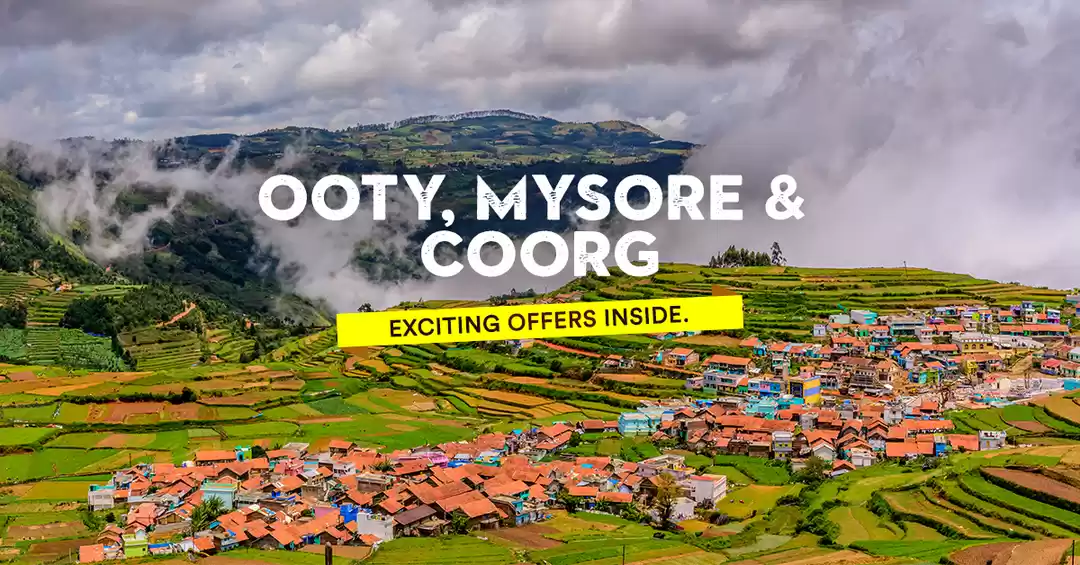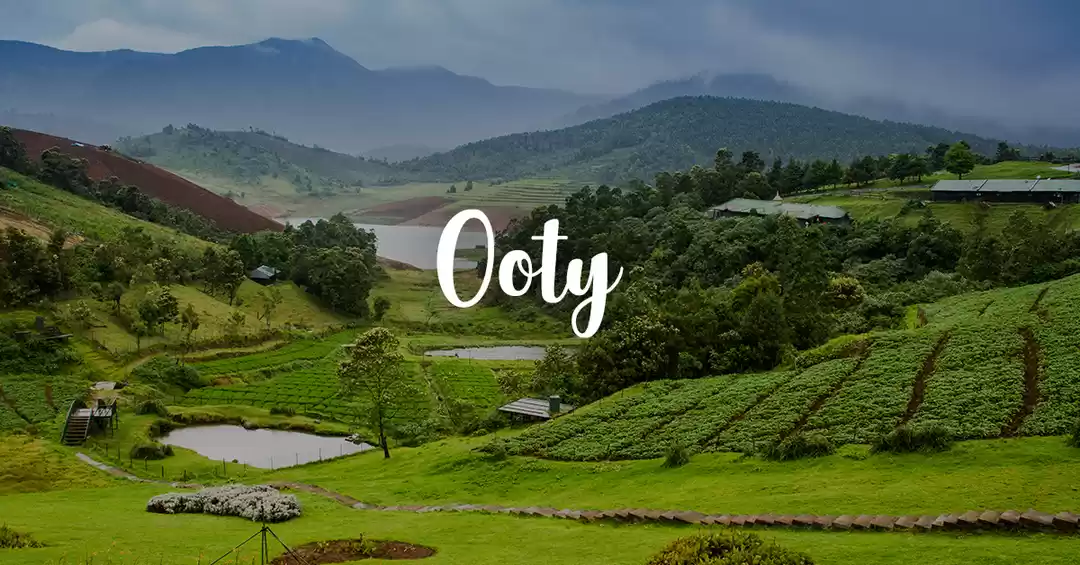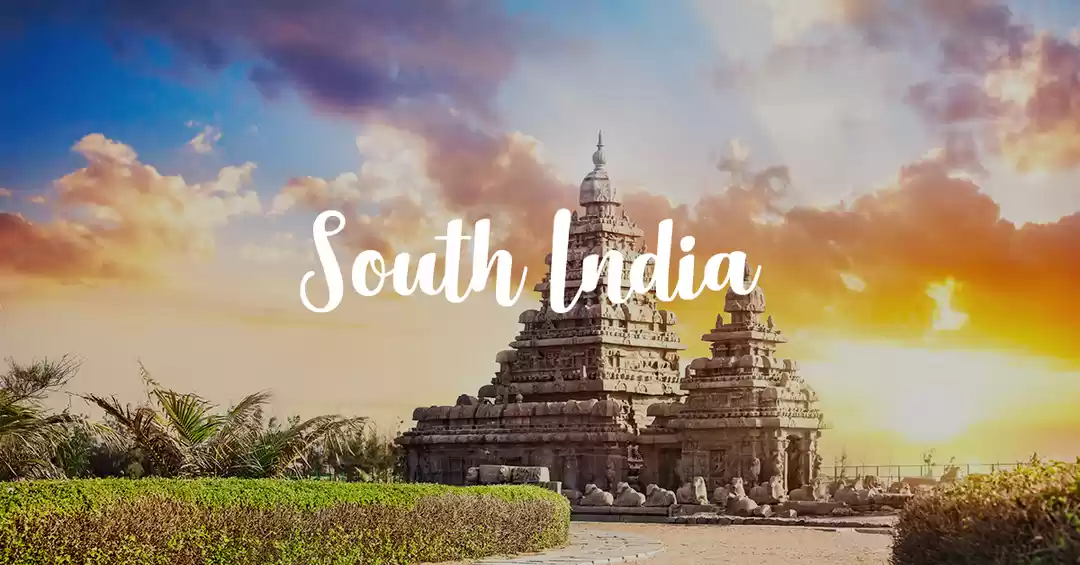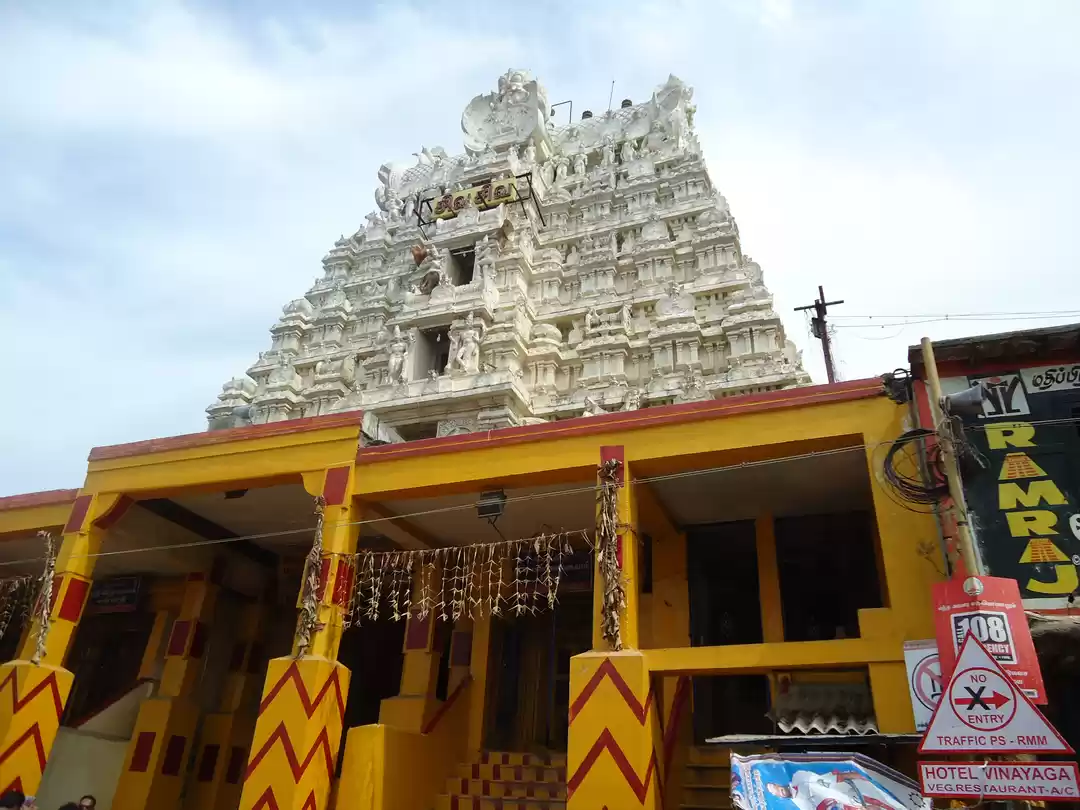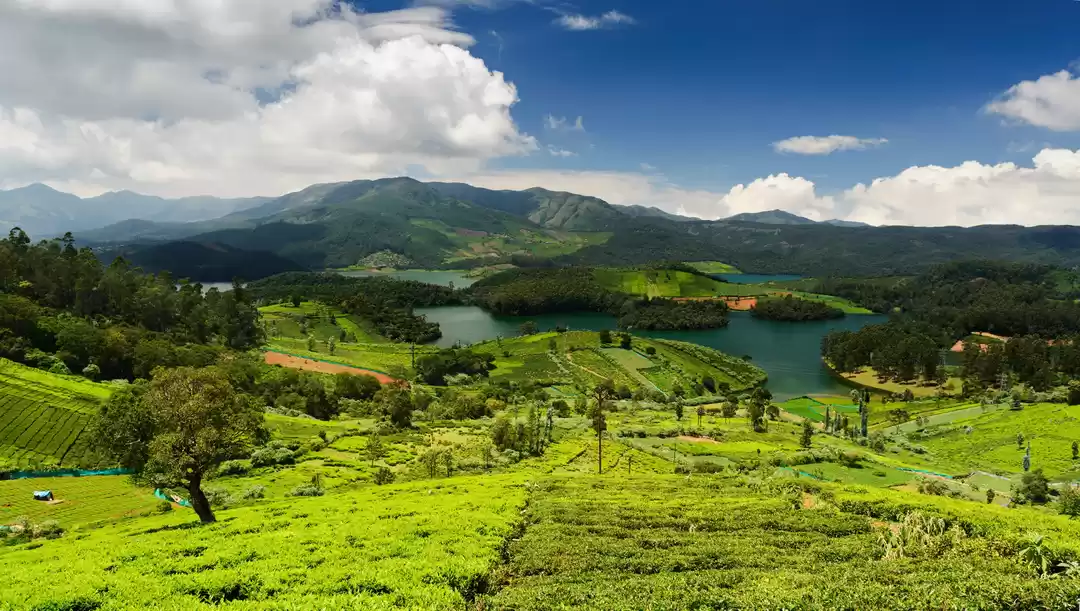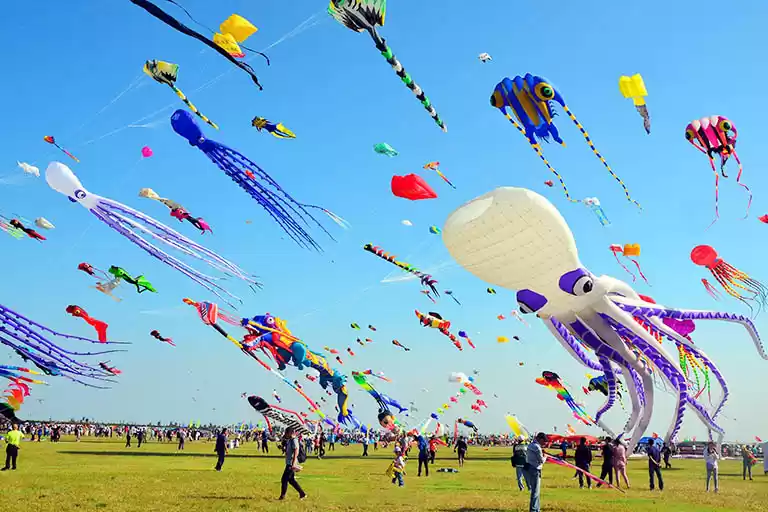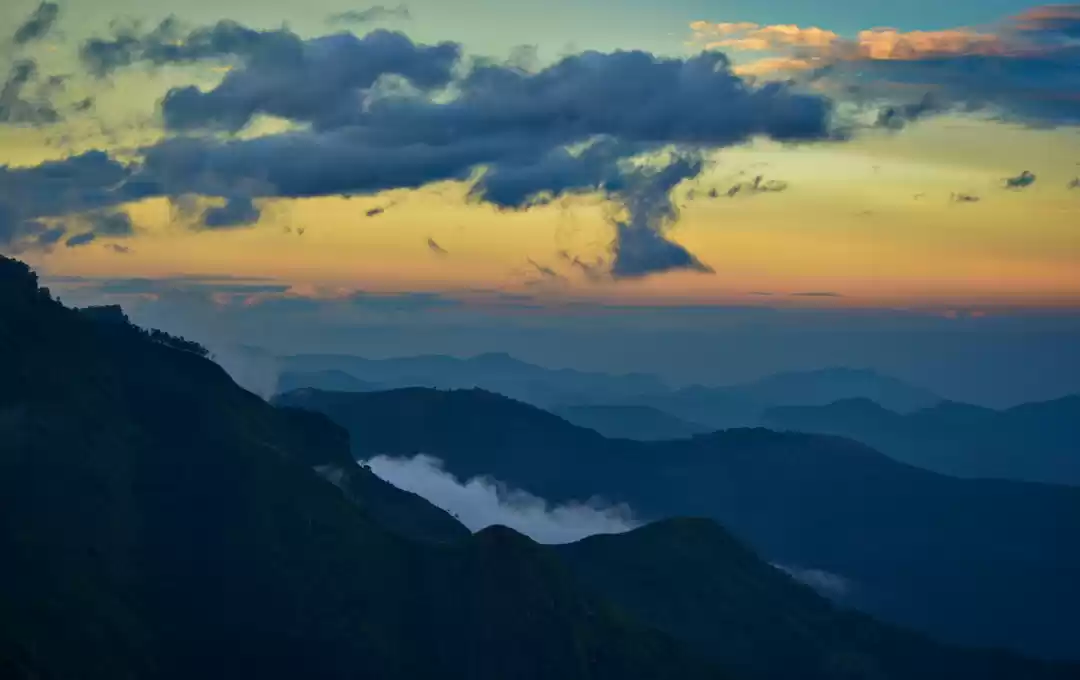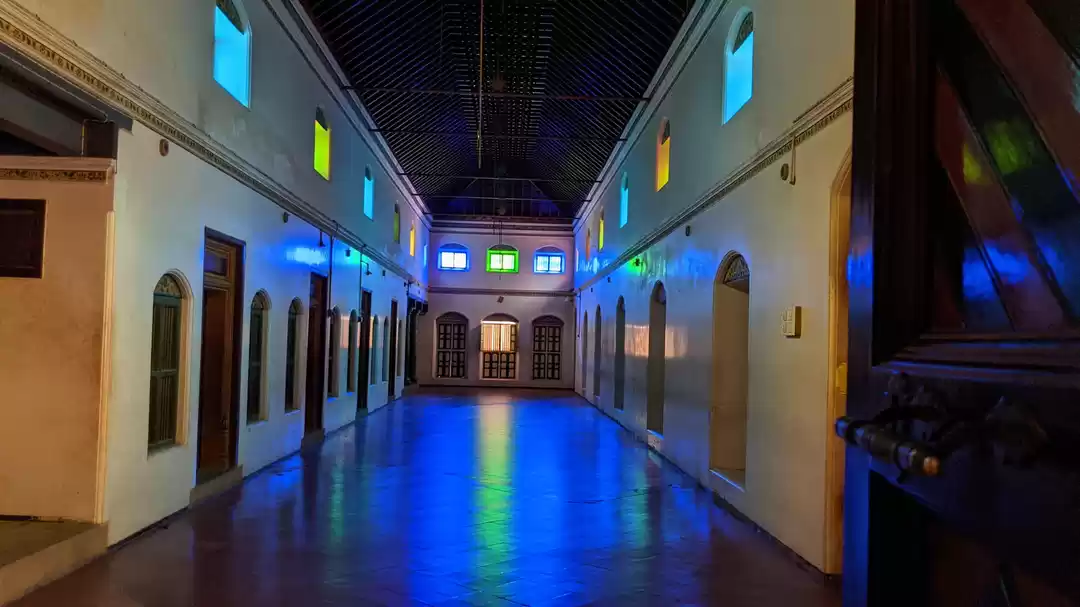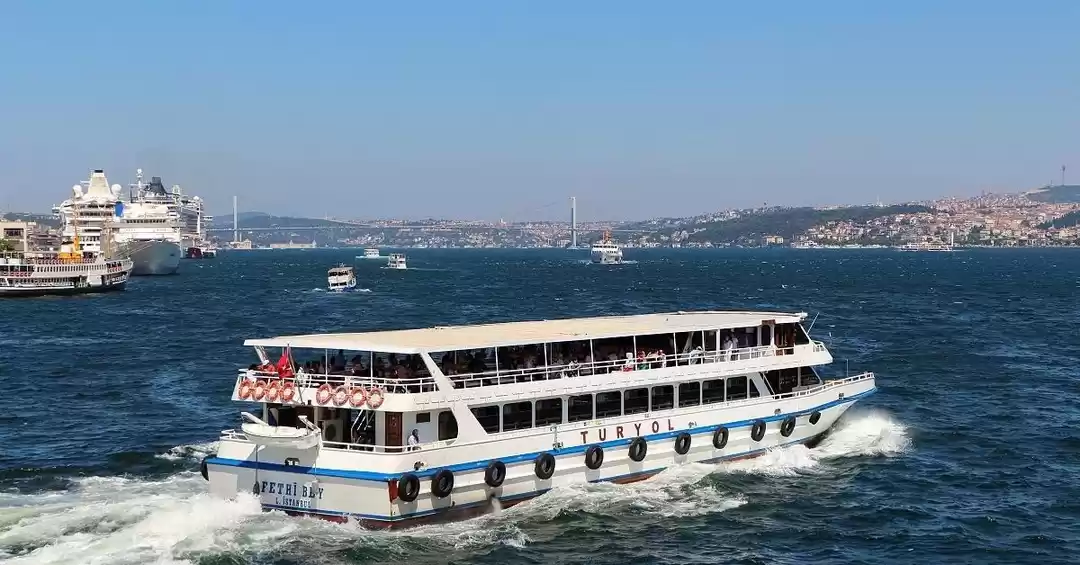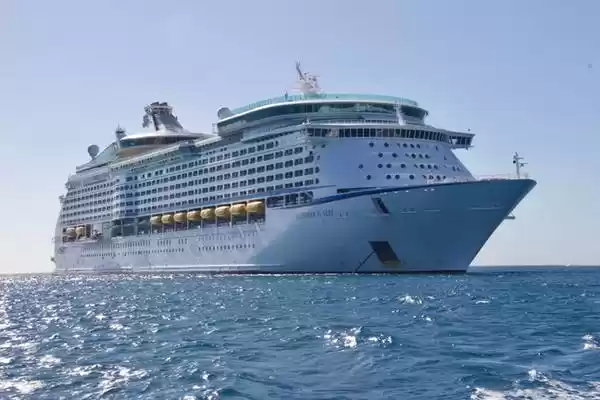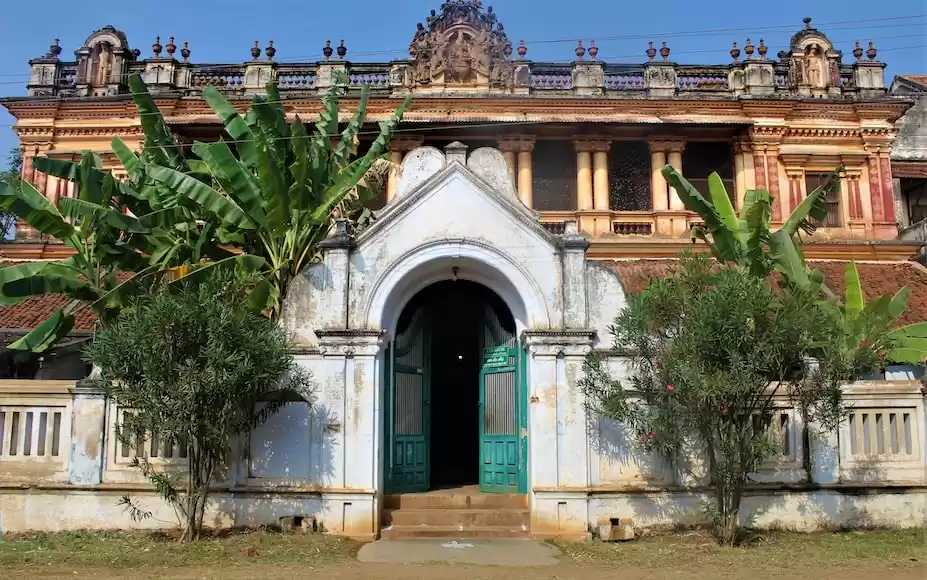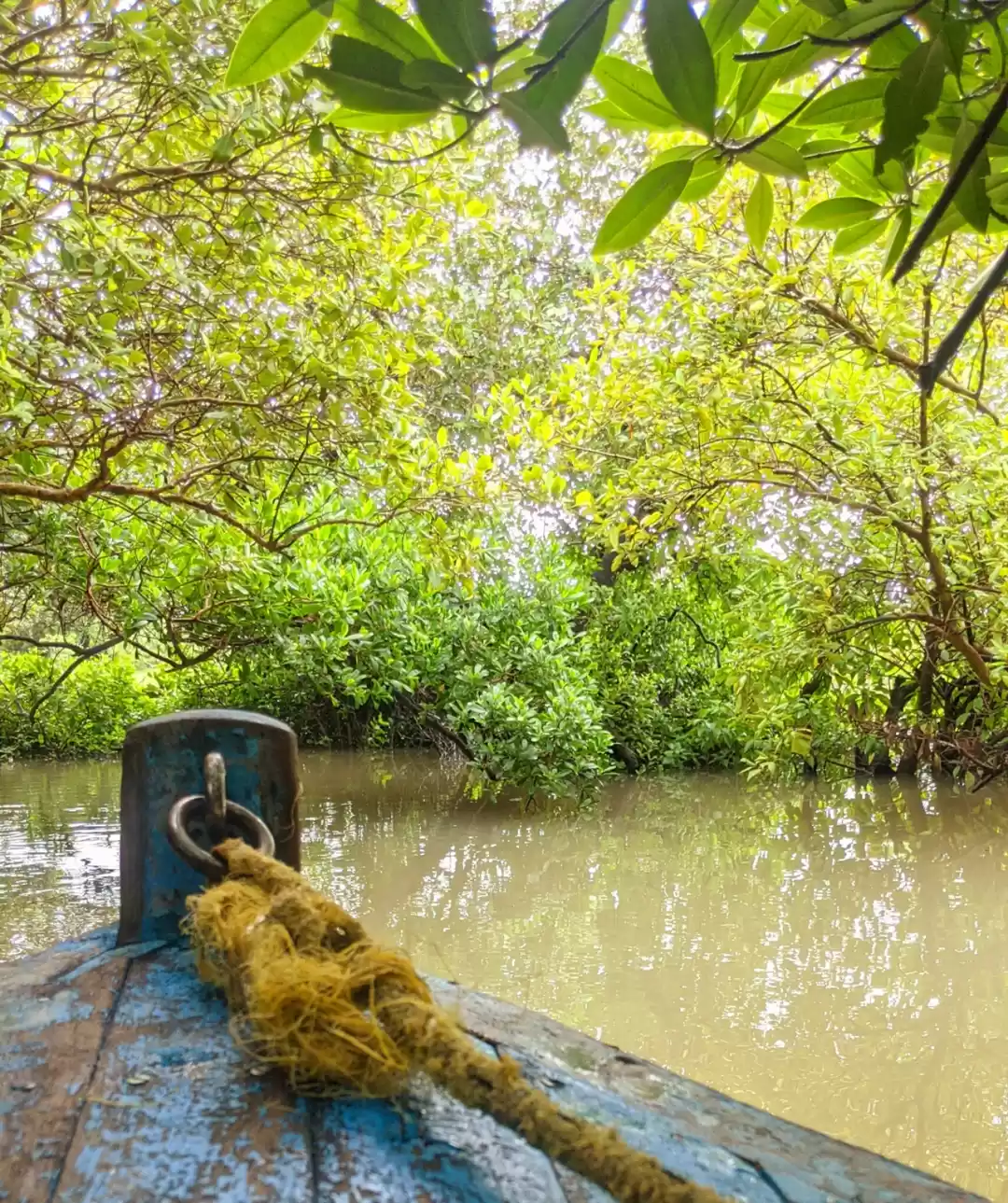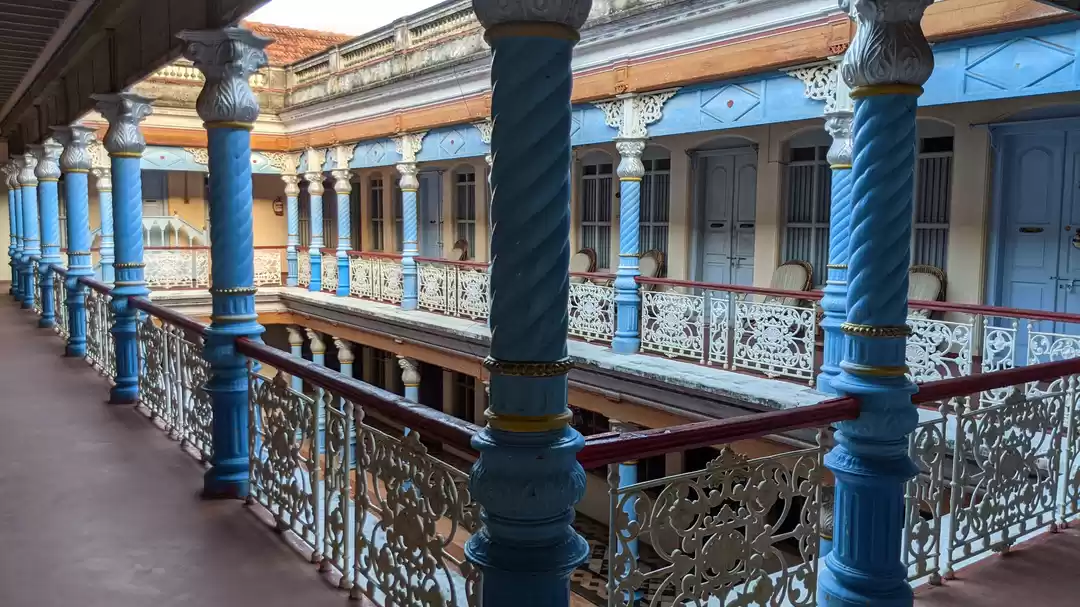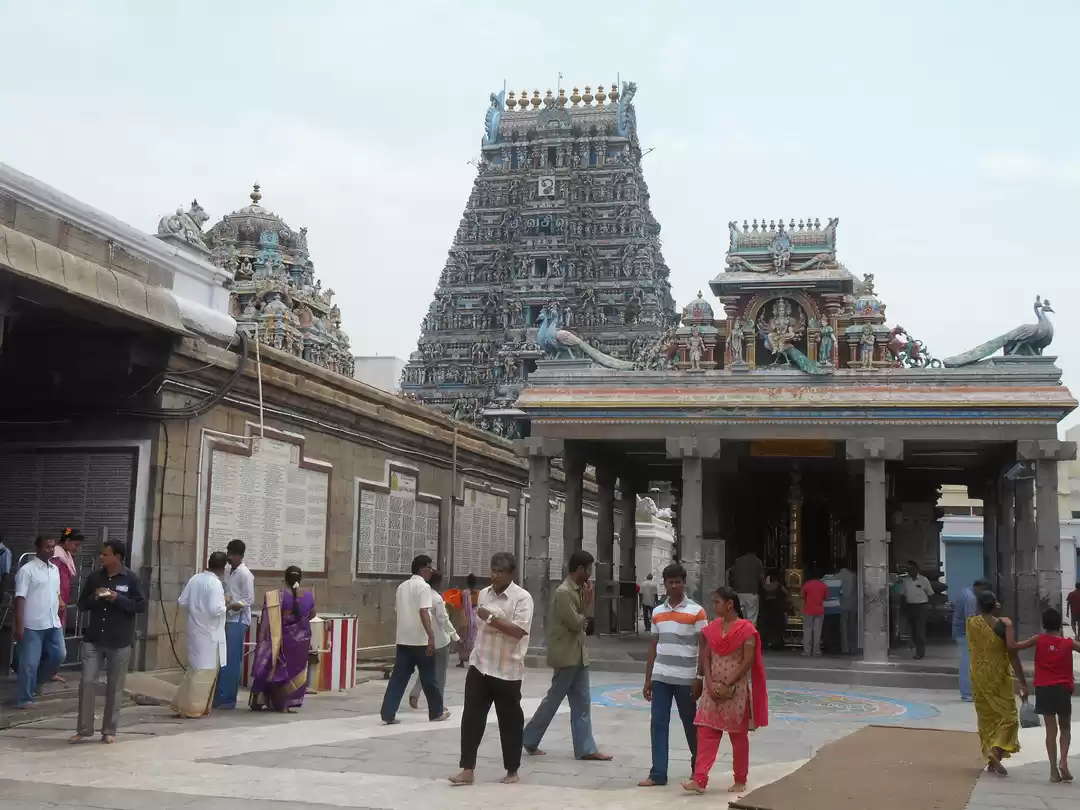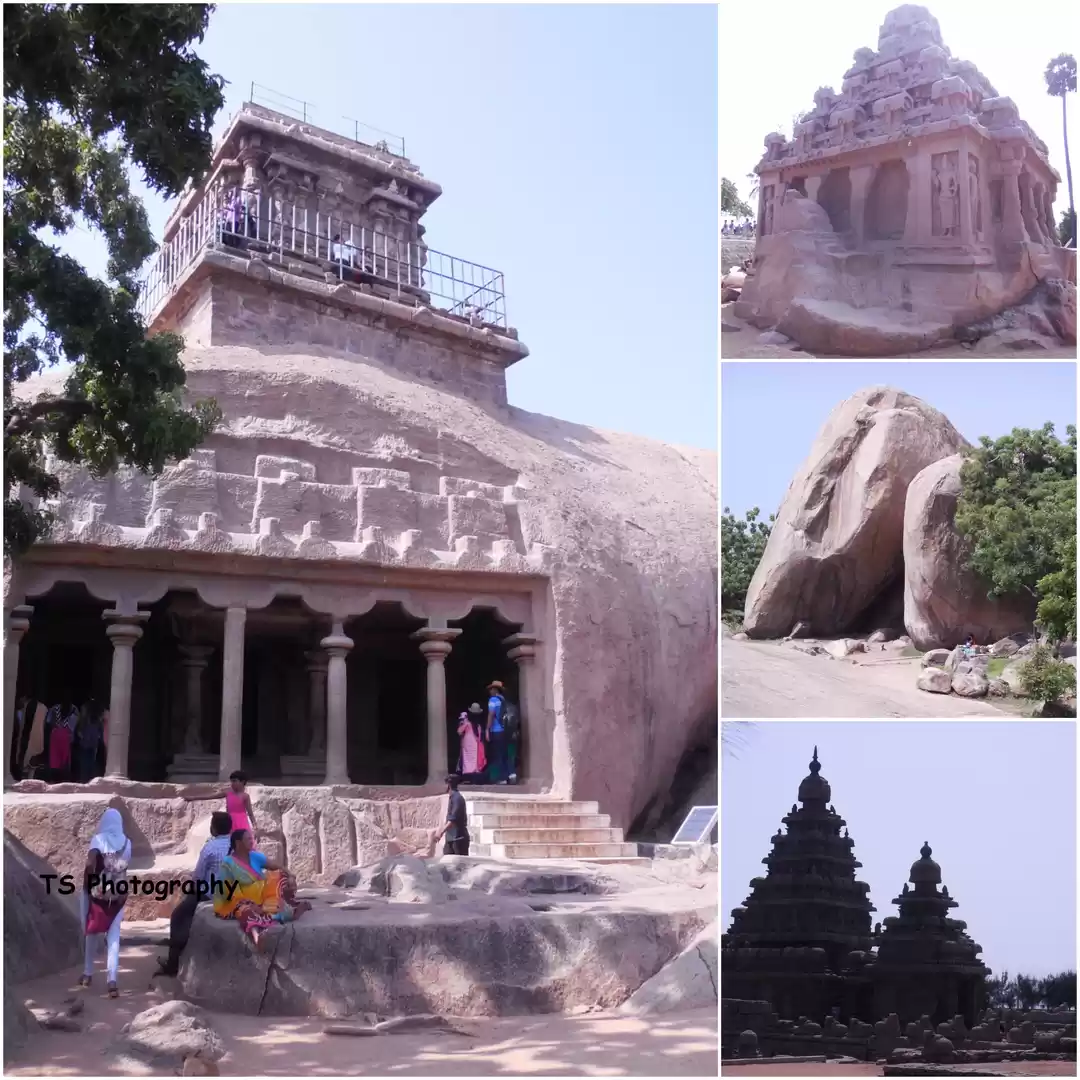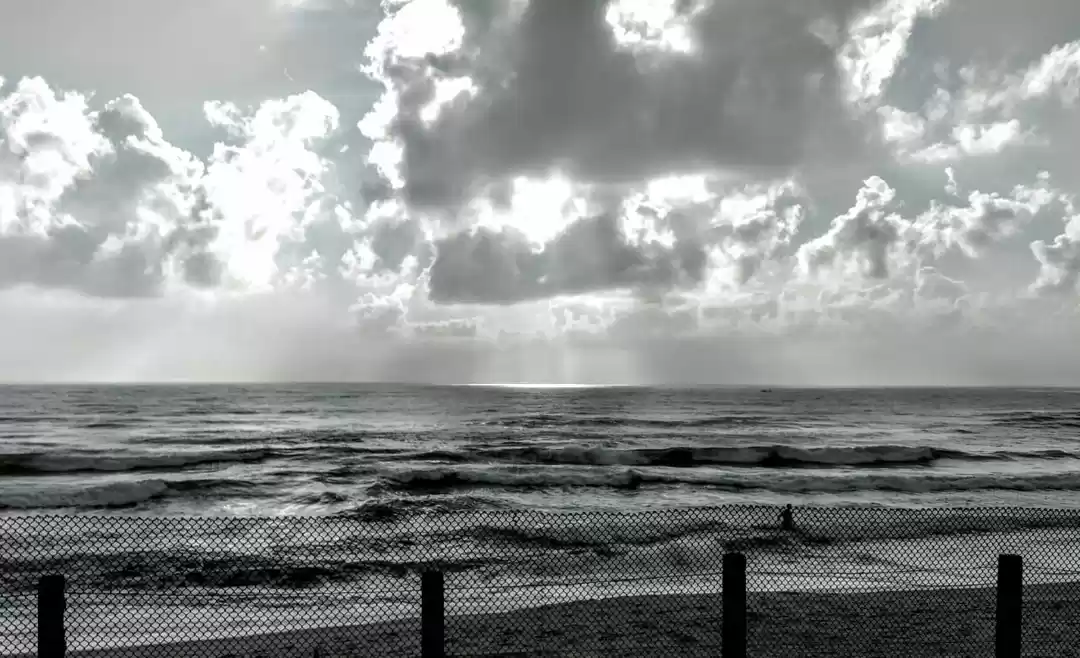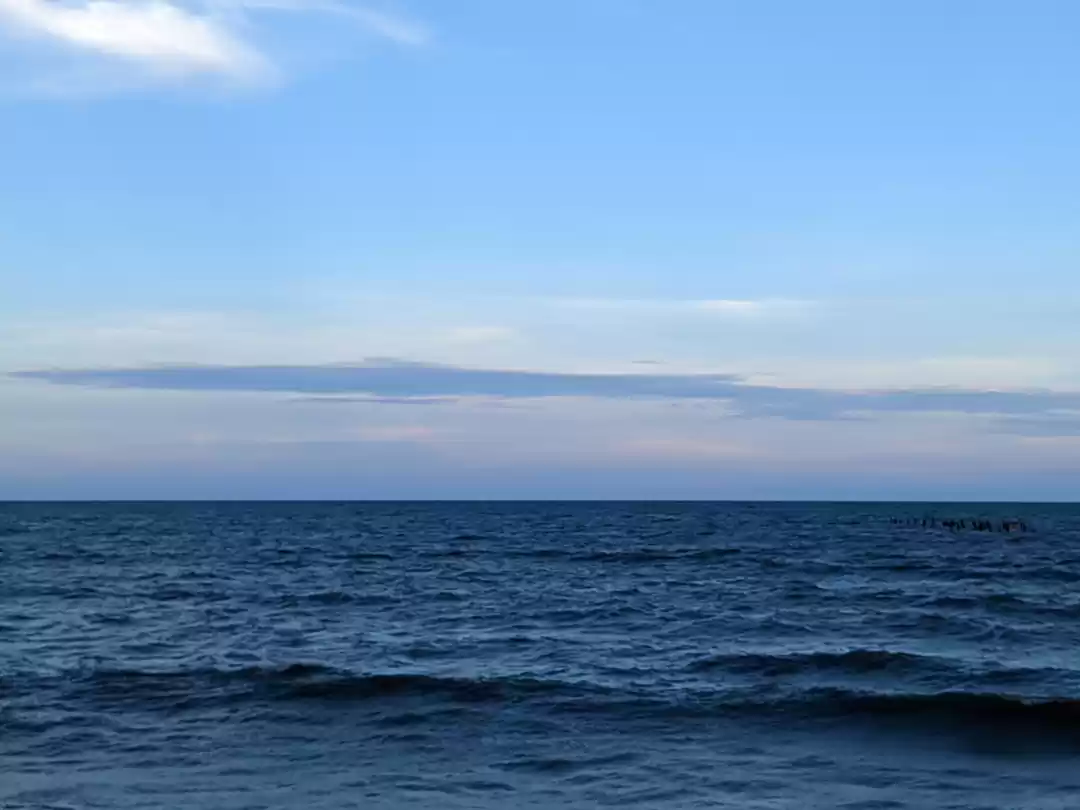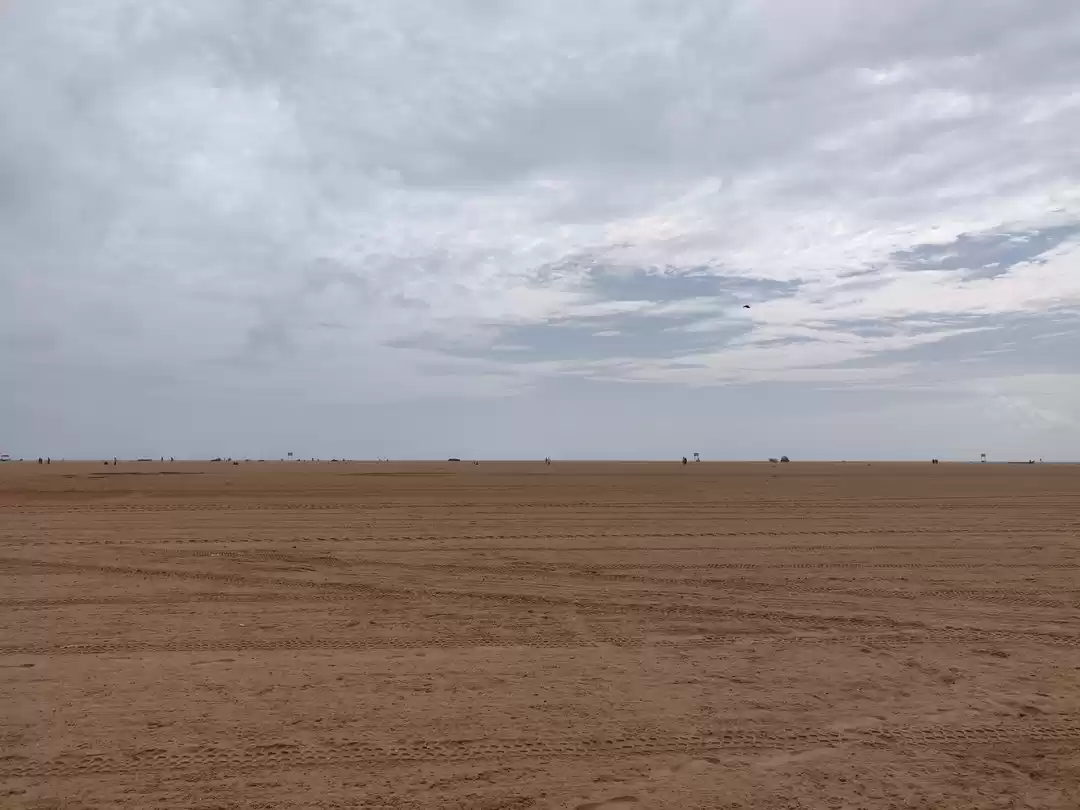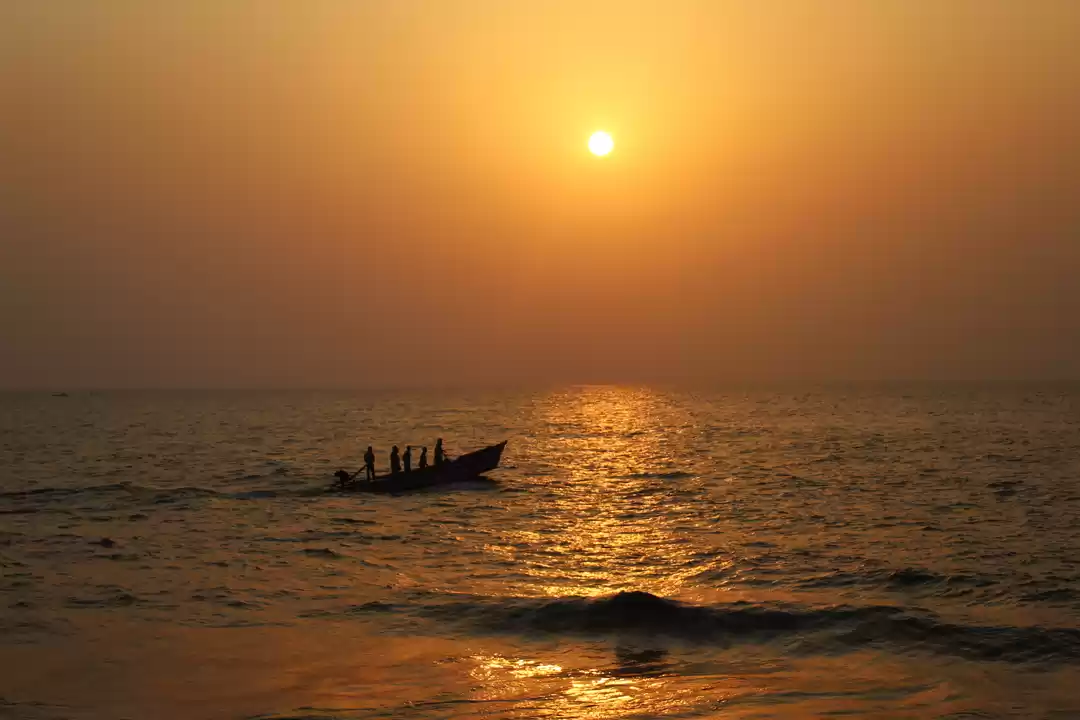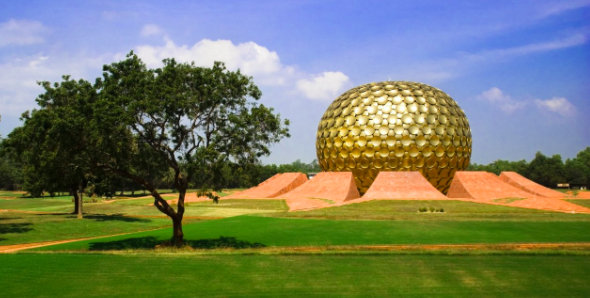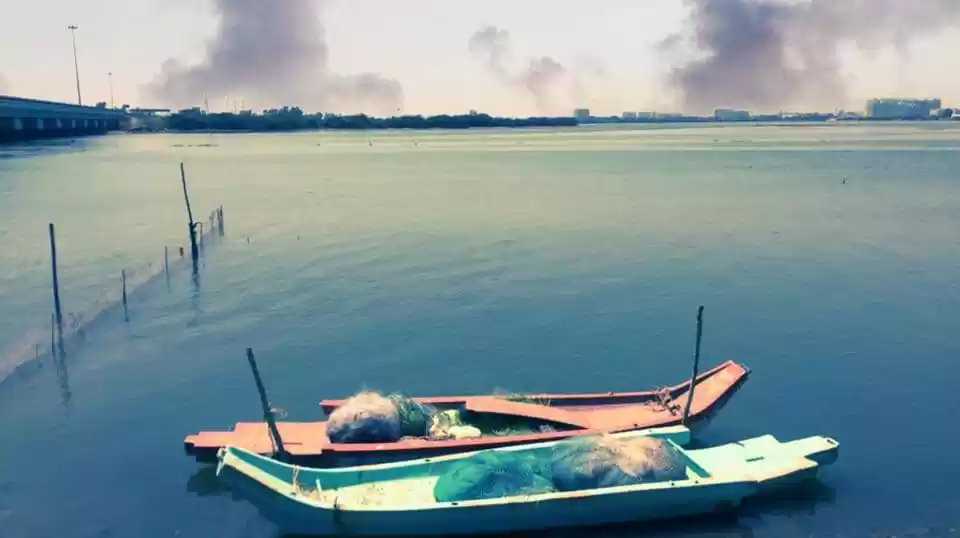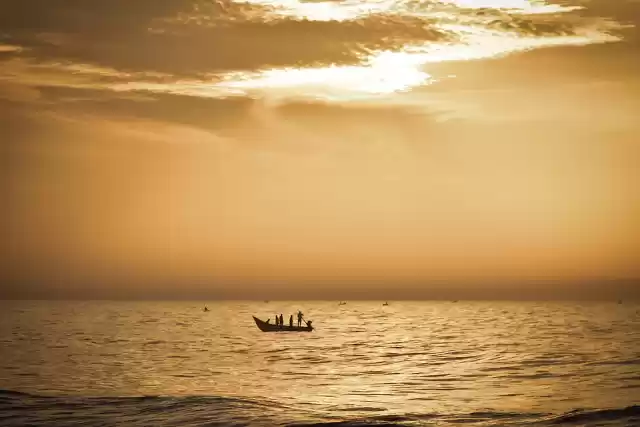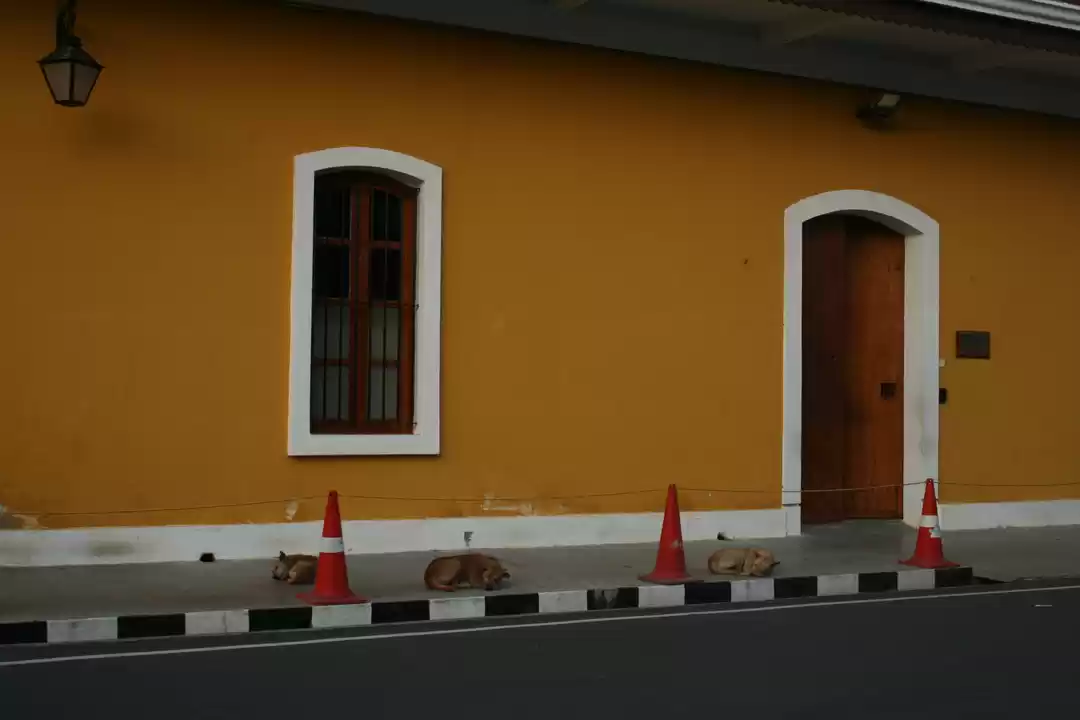
Tamil Nadu smells of incense, masala and jasmine. Among the gods engraved in stone, traditional life passes with few similarities to the modern and nearby progress that takes place in places like Bangalore. For a week I went from temple to temple in this region of India. Here life stopped centuries ago and its inhabitants profess their gods in the most devout way in this amazing land
Day 1 - Mahabalipuram
After two flights and a few hours of sleep on board the flight that took us to Chennai, we arrived in the city early in the morning. A little sleepy, we collected the luggage, and left in search of the car that we had hired for the tour. The first thing we noticed was a lot of heat and humidity, but soon we found our driver.
He accompanied us to the car and we leave the airport towards Mahabalipuram, a small town south of Chennai. It took us about an hour to get there, and along the way we felt a strong odor coming from the garbage dumps. The first thing we did when we got to Mahabalipuram was to go to the hotel. We pray that, despite being too early to have the room available, they would be kind and give us one to be able to shower and change our clothes.
And we were very lucky, because that's how it was. Our room was next to the sea, quite far from the reception but they have some cars like those of the golf courses. They transport us with our luggage. We went to our large and comfortable room surrounded by gardens, with sea views and a powerful air conditioning.
We left the room a few hours later and begin the visit of Mahabalipuram. It was incredibly hot, and the sun was still strong. In the first place we visit the Shore Temple. This temple is very close to the sea and its engravings are in some points quite deteriorated due to the erosion. It was built in the 6th century and is dedicated to Shiva.
It was believed that this temple was part of a series of disappeared buildings. This theory gained credibility after the tsunami. After the withdrawal of the waters remains of what could have been temples of the same complex were found.
After seeing the temple from all possible angles we went to the car wishing to enter and feel again the freshness of the air conditioning. Our next stop is the Pancha Rathas. These are monolithic constructions dug in unique pieces of rock. Each of these constructions bears the name of one of the five Pandava brothers, heroes of the Mahabharata.
On the outside of each ratha is an engraving corresponding to the animal mount of each god. We can see Nandi in front of the Shiva temple, or a life-size elephant next to Indra temple. This place was hidden by sand until the British excavated 200 years ago.
Then we go in the car to the main hill of Mahabalipuram. We said goodbye to the coolness of our car and began to climb the hill accompanied by a good number of locals. The truth is that the walk is not tiring. Also there is vegetation that offers shade from time to time.
First of all we stop at a temple near the Mahabalipuram lighthouse from where the views are really beautiful. And we spent part of our water trying to convince some puppy dogs to drink. We feel so hot that we believe that every living being that surrounds us must feel it too.
We do not go up to the lighthouse, as we believe that it does not offer us anything new. There are so many people to ascend that just imagining the heat that must be inside the building definitely takes away the desire to enter.
During the walk along the hill we saw several mandapas, which are rooms with columns before the temple and which were used for public rituals. All the columns are decorated, as well as the walls of each of these constructions and some of them are carved into the rock.
Finishing the walk on the hill we came across a large stone in balance known as Krishna's Butterball. The truth is that I have no idea where this name can come from, but what is clear is that everyone who goes by wants to hold the rock.
We now only had to reach one of the most important places in Mahabalipuram to Arjuna's Penance. It is a relief carving of the largest of its time. It is engraved on a huge rock and shows scenes from Hindu mythology and the daily life of South India. Elephants and angels are distinguished around Arjuna. This carving has a kind of channel in the center for which they say that in the rainy season water falls and that with them the course of the Ganges River is represented.
After the cultural visit of Mahabalipuram, we go walking to Othavadai Cross St where we know there are restaurants and shops. I find a lovely pair of pants that I bought and we are going to take our first beer of this trip.
It gets dark early and we are tired, so with the help of the Lonely Planet guide we look for a place to dine and finally we decided on one. The dining room is on the first floor. As it was on the open terrace, despite the fans it was hot, but the biryani that we ate tasted great.
With the gut full and flat in hand we went to the hotel that turned out to be much closer than we thought. We arrived at the room and after the essential shower that took away the heat we went to sleep rocked by the sound of the waves that broke a few meters from the door of our room.

Day 2 - Kanchipuram
After a good night's sleep in Tamil Nadu and a breakfast buffet that gave us the strength to face the day, we went to the door of the hotel. I thought that we did not start on the right foot, because after the twenty minutes of waiting the heat was surpassing me. Although freshly showered we were already sweating.
We got into the car and went to Kanchipuram, a city famous for its silk and its temples, apart from which there is little to do in that city. It is about 70 kilometers from Mahabalipuram, which in India translates into almost two hours of driving time. We could see a landscape of rice fields and palm trees. We already began to perceive that Tamil Nadu is different from Rajasthan from the landscape to the clothes of its inhabitants.
Arriving in Kanchipuram we went first to the Devarajaswami temple, dedicated to Vishnu. It is undoubtedly one of the most impressive temples of the city with the big gopuram in the main entrance. We leave our shoes in the street next to the door. As soon as we enter we can see on the right a hall with columns. It is the only area of the temple that you have to pay (it cost us 2 rupees) to visit it.
Outside we were struck by a stone chain in the corner of the Mandapam house. When leaving that area, we continue walking through the courtyard of the temple to reach the large pond. The ground was so hot that we were almost jumping rather than walking.
When we left the temple and walked down the avenue to get to the car we saw a good number of shops where they advertised dhotis and saris at incredibly cheap prices. We felt so hot that we only thought of going back to the car and our air conditioning.
By car we went to the next temple, much smaller than the previous one and also older. Vaikunta Perumal was built about 1200 years ago. The most striking were its interior cloisters with lion pillars. This type of construction evolved to become the huge rooms of columns that can be seen in later constructions.
The heat was intense, and the sun at that time was already strong. We continue visiting places to the Kamakshi Amman temple. It is dedicated to Parvati and the main gopuram is decorated with incredible large sculptures of gods and apsaras. Inside there is a marriage room (mandapam) and also an elephant that blesses those who leave an offering. The owner or caretaker was not letting us photograph the animal.
The next temple we saw in Kanchipuram was one of the largest in the city, Sri Ekambaranathar. It is dedicated to Shiva and has a main gopuram with beautiful engravings measuring 59 meters. Around the hall of mirrors in the center there is an image of Shiva that when reflected creates an allusion to his omnipresence. Of course, we always have to go barefoot, even if the floor burns our feet.
In the neighborhood I could not think of anything else but buy the only food I saw in the vicinity: a coconut ready to drink. The last temple we visited in Kanchi was also the oldest. The Kailasanatha temple is dedicated to Shiva as indicated by the large statue of Nandi that stands on the well-kept garden that surrounds the building. The decoration is abundant although due to erosion there are many details that have been lost. In this case, we access the inner sanctuary where the third largest lingam in Asia is located.
After the tour to all the temples of Kanchipuram, we returned to Mahabalipuram to rest for a few hours. What I dreamed of at that moment was a cool beer and a dip in one of those fantastic pools of our hotel. The first was possible, but the second was not. I never got into a pool with the water so hot.
Seeing that amount of liquid element seemed impossible to think it was warmer inside than out of the water. The only thing was to take a shower in the room before leaving for Tirukalukundram to take away a little the heat of all day.
Only 14 kilometers separated Mahabalipuram from our destination. What we wanted to see was the Vedagiriswarar temple that is dedicated to Shiva and located on top of a hill. To get up there is no choice but to climb 550 steps barefoot. Fortunately at the time of our visit there was no longer the sun and although the stairs were hot we could walk through them without getting burned. The temple is small and dark. It is nice to get there at sunset to see the incredible views over the rice fields while the sun goes down.
Back in Mahabalipuram we go again at Othavadai Cross St for dinner, but first we went to the edge of the sea. Here down some rocks we could reach the sand and from there walk barefoot to a restaurant cum bar cum hotel, where we had a beer. We did not consider having dinner there because the place did not give us good vibes.
So we went through the hotel to the streets of the city to get closer to another restaurant in Othavadai, without a doubt the most lively street in the city. That night we chose the cafe cum restaurant for dinner, and we dined very well. The premises again on a first floor, had totally open terrace, with nice background music and with fans that were not enough to remove the heat.
But what we ate was really good, in quantity and with a more than correct price. After dinner, we return to the hotel. After another shower to cool off before sleeping we prepared the suitcase to leave the next day. We go to bed again with the sound of waves crashing near our window.
Day 3 - Pondicherry
We leave Mahabalipuram after the succulent breakfast. We go south along a road parallel to the coast towards an old French colony, to the city of Pondicherry. In two hours we were going through a city that mixed colonial houses, French restaurants, temples and large churches.
We took a turn before finding the guest house where we were going to stay during our stay in Pondicherry. Located in the French Quarter a few blocks from the sea, our accommodation occupied the ground floor of an old colonial house. With only three rooms and although we had booked one we were given the choice of the one we liked the most, since no one else was going to stay that night. The room was quite fair. There was just a corridor around the bed, and a chest that housed a small TV and a desk. What was amazing was the bathroom, with a dresser, an amazing shower and a gecko tucked into the toilet.
We settled in our room and told the staff of the house the breakfast time the next morning before leaving to explore Pondicherry. Once on the street, the first thing we noticed was the incredible heat with the sensation of humidity typical of the cities by the sea. We started to walk the streets of the French Quarter with their colorful houses. Some of them are in perfect condition. Many have been converted into hotels or restaurants, but others are unfortunately in a state of lamentable abandonment. In the streets, the sidewalks have disappeared in some sections and traffic signs threaten to fall to the ground at any time. Despite all the colonial atmosphere of Pondicherry is evident.
Another of the things that give that western atmosphere to Pondicherry are the churches that the French missionaries built. But here they are of colors. The most striking one without doubt is the Immaculate Conception Cathedral, a typical Jesuit building painted in intense blue. We entered it to escape from the sun and the heat of the street. We found images decorated with the typical garlands of flowers that are carried to the temples as well as women dressed in Indian clothes praying the rosary. Of course it is a interesting image.
Probably the most beautiful of these churches in Pondicherry is Our Lady of Angels Church, built near the sea in the middle of the French Quarter.
We continue walking with more feeling of heat towards the Bharathi Park. It is the typical western garden but in this case with some Indian sculptures decorating the place. We sat under a tree and I had the sensation of having a tremendously sticky skin. My pants were sticking to me and as I sweat very little my face was burning. The few people who were in the park were lying in the shade. Some mothers were with their children dressed in school uniforms. The water that we had in our backpack had warmed up and it was no longer useful. So we decided to visit the city museum located in a colonial house next to the park and then go for a beer.
So we entered the museum and, what a waste of time. It is located in a fantastic colonial mansion in a state of absolute decadence. In their rooms are different objects from the French period that I still cannot explain how they stand. From furniture to carriages it seems that if they are all going to disintegrate as old and as careless as they are. And inside the museum it was hotter than on the street.
So we went straight to the hotel that we had seen in the guide and it was a few meters away. We entered and it was so cold inside the cafeteria that we decided to go out to the terrace and put ourselves in the shade. I do not remember having taken another beer with as much enthusiasm as I did that day. Suddenly its coolness seemed to give us strength and some encouragement to continue.
With a little more encouragement, we went to visit a couple of places that were pending. First we go to the Sri Aurobindo Ashram. From there a short walk took us to the Sri Manakula Vinayagar temple, where an elephant blesses tourists and pilgrims. Inside we found a very colorful small enclosure thanks to its 40 painted friezes.
The sun began to go down but in the streets of Pondicherry there was no wind and it was difficult to move as we headed towards the seafront. It was a small blessing, because although the heat was a lot, at least a light breeze from the Bay of Bengal gave a break. At that time it seemed that the ideal place was by the sea. There were many people walking, sitting or buying something in the shops on the sand. It was a small international universe where we met many people speaking French, Australian, German, and Spanish.
At the end of the walk, in front of the statue of Joseph Francois Dupleix is the building of the French Alliance. It is located in a colonial building, of course, and its garden is now the cafe. A good number of tables are spread out on the lawn, and when we passed by there were a few French families with small children drinking something. The truth is that the place invited us to enter, so we cannot resist. Inside it was fine, as the sea breeze came and we just needed a cold beer. But they did not serve anything alcoholic. The beer had to wait and we had a few colas while the afternoon and soon the night came to the city.
As soon as it was night we thought about dinner. We had not eaten anything since breakfast, as the heat had not let us even think about eating. We searched the Lonely Planet for places close to where we were and on the way to the hotel, and ended up having dinner on the roof of one. The dinner was fine. The owner was very friendly, but the heat was still king and we could not even enjoy in peace this time.
Before going to sleep we decided to go to a place that we had seen on the way to the restaurant and that was on the roof of a building. It was actually a bohemian-looking restaurant where our idea of having a tea changed. We ended up having a drink after the waiter managed to convince me that the ice was made with purified water. The place was very original, with a mix of furniture of different styles and paintings of bright colors hanging on the walls. Under a fan and with a drink in hand we spent all the evils of the day a while before going to bed.
The best thing about returning to the hotel that night was undoubtedly sleeping with the air conditioning on. These are the things for which I willingly pay the rupees that are necessary.
Day 4 - Kumbakonam
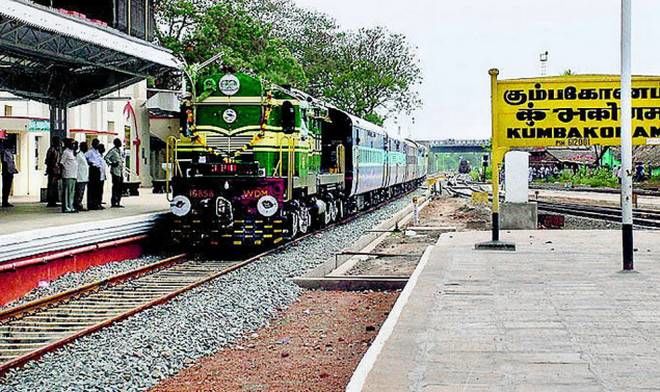
After we got up we take a wonderful shower in that huge bathroom that I would want in my house. We prepared to have breakfast. They had the table ready for us in the lobby cum reception cum dining room of the house, an area without air conditioning. We already had everything ready to get into the car and leave Pondicherry. We continue traveling to the south of Tamil Nadu passing through several important temples.
Our first stop of the day was in Chidambaram, a city without any interest if it were not for one of the most incredible temples in Tamil Nadu. It is the temple of Nataraja, the largest in India and one of the most sacred ones dedicated to Shiva in South India.
The temple complex, with high walls, has an extension of 22 hectares. As in almost all temples in the south of the country, most of it is a patio that we have to enter barefoot. That meant for us to jump around and look for the shadow while we watched surprised as the locals walked on that burning ground as if they did not feel the heat on the soles of their feet.
In the wall four accesses are abre, all marked by great gopurams. In its decoration the 108 postures of the Tamil classic dance appear. Inside we can see the King's Hall (they say that it has 1000 columns), the temple pond, the dance hall and the sanctuary itself. We can enter but not take photos, and the entrance to the sanctuary is restricted to the devotees.
The priests offer to show us the temple inside in exchange for a tip, and some even invite to take photos where it is forbidden in exchange for a few rupees. We ignore both. We left Chidambaram to the south continuing our route to Tanjore and stopped at two beautiful temples of Chola architecture.
First of all we visited the one in Airavatesvara, in Darasuram. Surrounded by manicured gardens we found the high wall that we had to cross to enter the temple barefoot. We visited and run once again from shadow to shadow to avoid burning our feet. The most striking is its golden color and its elevated colonnade that can be seen as soon as we enter the decoration.
A few kilometers from this last visit was another of these golden stone chola temples that seem forgotten by most travelers despite their beauty. It is the temple of Gangaikonda Cholapuram, also dedicated to Shiva. It is very similar to what we saw later in Tanjore, although the latter stands out for its angular lines. Its sinuous lines lead people to say that it is the feminine counterpoint of the Tanjore building.
Although we also had to take off our shoes in this case, the entire interior area of the wall is covered with grass. We could walk calmly without having to run like fools looking for a shadow that would alleviate the sensation of burning our feet. In addition, the contrast between the green, the trees and shrubs and the gilding of the stone of the temple created a perfect contrast to take pictures.
Outside the temple we saw a group of women working in the surrounding countryside. They allowed themselves to take some portraits and showed the best smiles to our camera despite the scorching sun and their work.
With so much heat, what the body was asking us at that moment was to drink something fresh and eat something light. So before going to see Kumbakonam, our last visit of the day, we stop to eat something in a place on the outskirts of the city. Apparently it is the best accommodation in the city.
Although nice with a friendly staff, we found it a bit dated. Despite the heat we sat down to eat on the terrace in the shade and under a fan. Inside the dining room the air conditioning was so strong that it was too cold and we prefer to have a bit of heat and avoid a cold. I zapped a masala dosa.
After lunch we went to the center of a city that was once the seat of the medieval power of South India. It that has dozens of temples scattered around the city. Their colorful gopurams announce the presence of each of these temples, the majority dedicated to Shiva and Vishnu. The downside of all of them is the visiting schedule from 6:00 to 12:00 and from 18:00 to 22:00. Wanting to visit Chidambaram it was impossible to reach Kumbakonam before twelve o'clock noon.
So at four o'clock we were waiting for the opening of the first of the temples we were going to visit. We were not the only ones, because after leaving our shoes at the door we entered the dark interior of the Nageshwara temple accompanied by a good number of locals who was going to make their offerings to the god. In that temple we were struck by the darkness. The columns and walls were blackened by the smoke of the candles. Without a single tourist in there we feel a little bit like intruders.
We picked up our shoes and we walk to the following temples we wanted to see and as night approached they would be the last. One of them, dedicated to Vishnu (Sarangapani temple) reflects his image in the pond that separates it from the Kumbeshwar temple, dedicated to Shiva with the highest gopuram in the city. Both stand out for the color of its main entrance in the purest style of South India.
The streets that surround them are full of shops, both of offerings and food and we even saw that of a tailor. Once in the temples we became the center of attention of a family who were visiting the city. They insisted on knowing where we were from and photographing themselves with their daughter.
Seen all that there was to see and a little saturated of temples we continue the trip to Tanjore. It got dark by the way and when we entered the city we found ourselves in a noisy and chaotic place. People, cars and motorcycles came and went in any direction. We had to cross much of Tanjore to reach our hotel, located next to the Royal Palace in a restored colonial house. Once in our accommodation we discovered one of the best hotels of the trip. It was modern and original, with comfortable beds and large rooms with a peculiar decoration.
We left our things in the room and went to dinner at a local restaurant about 500 meters from the hotel. It is one of the recommended in the Lonely Planet and the only one that was close to our location. We walked first through a quiet area, but slowly we enter into the chaos of the city. We were surrounded by people, and had to dodge food stalls.
And in the end we reached our destination safe and sound. The place was on the first floor and at that time there were a good number of locals having dinner. It is a very simple restaurant with an open area and another with air conditioning in which we sit. We ordered a couple of dishes including a special rice dish.
After dinner we returned along the same chaotic road to the hotel, where we sat on the terrace of the upper floor with a cold beer to say goodbye to the day.










